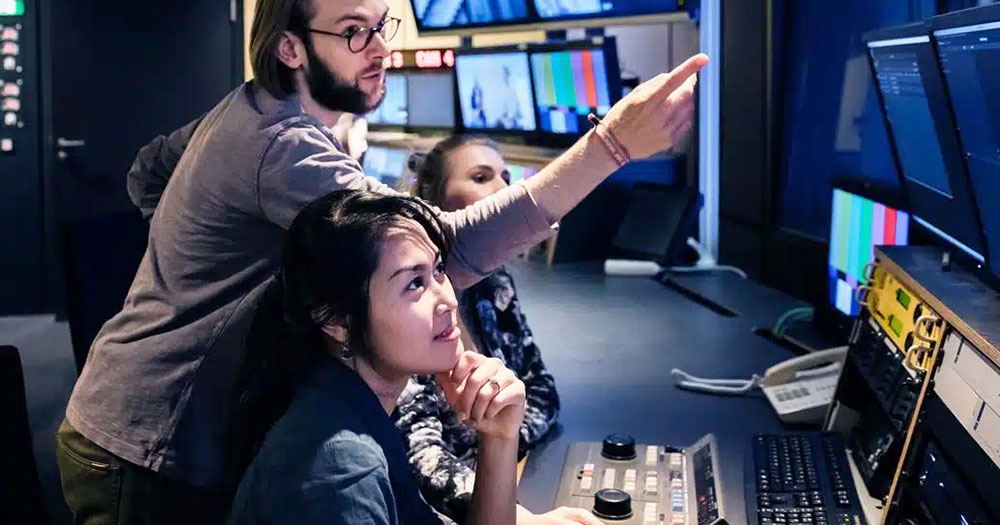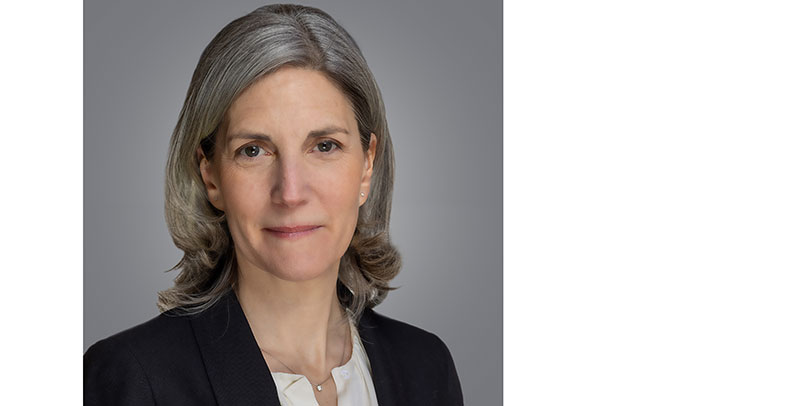Dr Glodina Connan-Lostanlen, Chief Process Officer from Imagine Communications talks about the effects of rapid change combined with generational workforce shift on the industry’s workforce, recruitment and training.

Rapid technological change over the past two decades, and particularly in recent years, has combined with a generational workforce shift to create a real challenge for the media and entertainment industry: a skills shortage.
Here, Dr Glodina Connan-Lostanlen, Chief Process Officer at Imagine Communications, talks through the causes behind these changes and challenges and suggests practical ways to address them
“As a sizeable workforce of experienced broadcast engineers begins to retire, or approaches that point in their careers, the industry is losing access to a skilled talent pool familiar,” she said. “Over time, these employees have grown familiar with pre-existing and long-established facility equipment, wiring techniques and workflows that drive the traditional broadcast systems still in widespread use today.
“Younger hires entering the field typically bring essential expertise in IT and networking, but these new recruits often lack valuable knowledge and skills that their predecessors possess. Moreover, this fresh talent simply isn’t entering the field at a rate sufficient to replace experienced engineers.”
Extending the Search
Organisations are handling this challenge in a number of ways, starting with the logical step of expanding the pool of available talent. Glodina said, “Casting a wider net when hiring, they are often looking to recruit engineers, cloud architects and software developers who are comfortable in the IT domain. Further training specific to broadcast systems and workflows can help these team members get up to speed with skills they need to contribute successfully in hybrid environments that incorporate both traditional and newer cloud-, software- and IP-based technologies.”

Dr Glodina Connan-Lostanlen, Chief Process Officer at Imagine Communications
Attracting Talent
She notes that the best time to build a talent pipeline is in advance of a talent gap or scarcity, whether due to retirements, job shifts or the creation of new roles with new responsibilities. “Recruitment can be a long, uneven process, and rarely is there an easy fix that can quickly address capacity issues or beef up capabilities in the short term,” said Glodina.
“Nevertheless, it is possible to set the stage for hiring the best possible candidates. While compensation will always be a critical consideration for any potential hire, particularly in a competitive landscape, quality of life is also a high priority for many younger employees. For example, the option of working remotely, some or all of the time, is no longer a luxury – it’s often an expectation.”
She also finds that for other recruits, understanding the context and meaning of their work will be important. Seeking a sense of purpose, they may be interested in knowing how they are contributing not only on a daily basis, but in a larger sense – as part of the organisation and within the larger industry.
Training New Hires
Because the world of traditional broadcasting looks very little like the IT realm familiar to many new industry hires, the knowledge gap can be significant and the learning curve steep. Ideally, training would begin within an educational setting, at the university level. For the most part, however, new entrants to the field will receive the bulk of their education while on the job. Mentoring and hands-on learning while working day to day can be tremendously valuable, but organisations already facing scarce engineering resources often find it difficult to take time away from daily operations for training tasks.
Industry bodies such as AIMS, SMPTE and the IABM hold training courses, educational sessions and networking/mentoring opportunities. Though there could be better awareness with respect to many of these offerings, organisations and individuals who do take advantage of them will find that they cover the full breadth of technologies and applications critical to engineers working in media today.
Staffing Into the Future
Glodina believes that, even with a multifaceted strategy for retaining skilled engineering talent, organisations simply cannot prevent some degree of staff turnover. “The generation of broadcast engineers now leaving the workforce was inclined to long-term commitments,” she said, “but today’s younger generation of workers appears more likely to seek new opportunities after a few years with one organisation.
“Though broadcasters and technology suppliers may not build engineering teams with individuals who stay for decades, with thoughtful hiring and training, they still can develop the resources and expertise essential to remaining competitive in today’s media marketplace.”
In an industry where change has become the norm rather than the exception, continuous training of personnel should be an expectation rather than an ideal. Broadcasters have been joining the larger media and entertainment industry in embracing cloud-based technologies and software-centric platforms – realising unprecedented agility, responsiveness and efficiency in delivering services. The industry will need a workforce with the knowledge and skills to support this transformational shift. imaginecommunications.com




